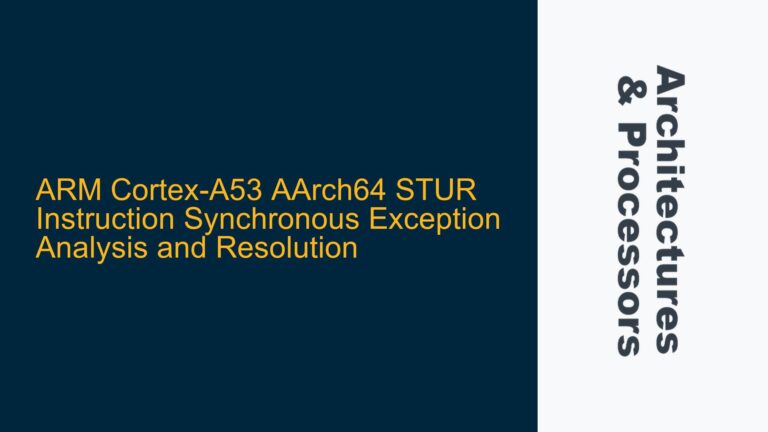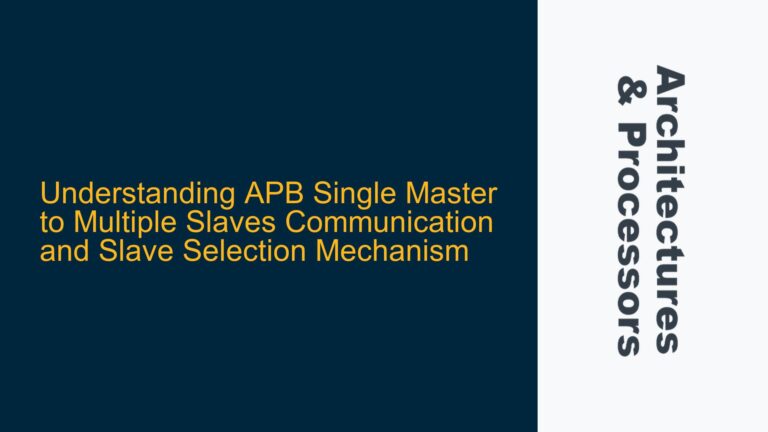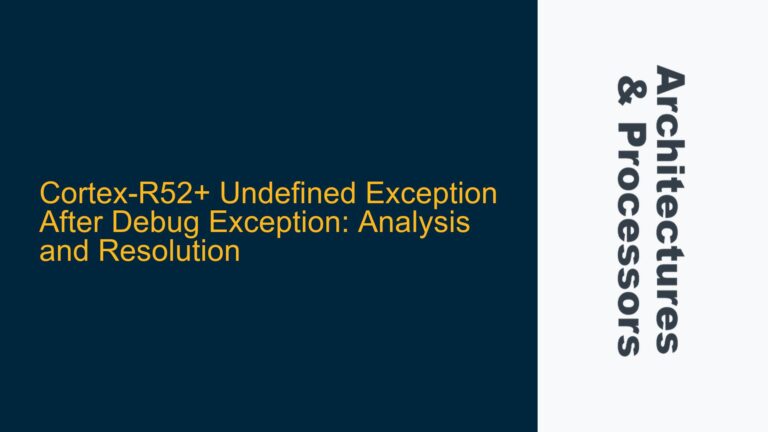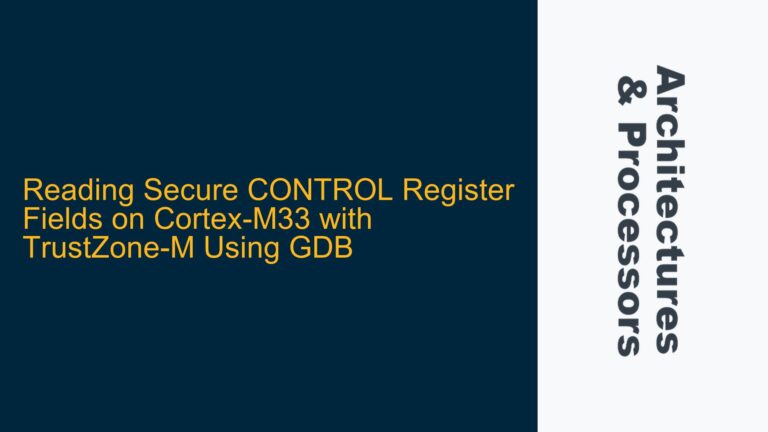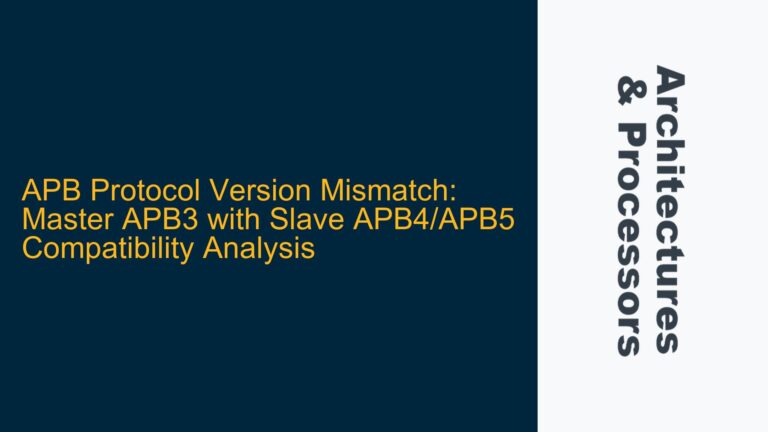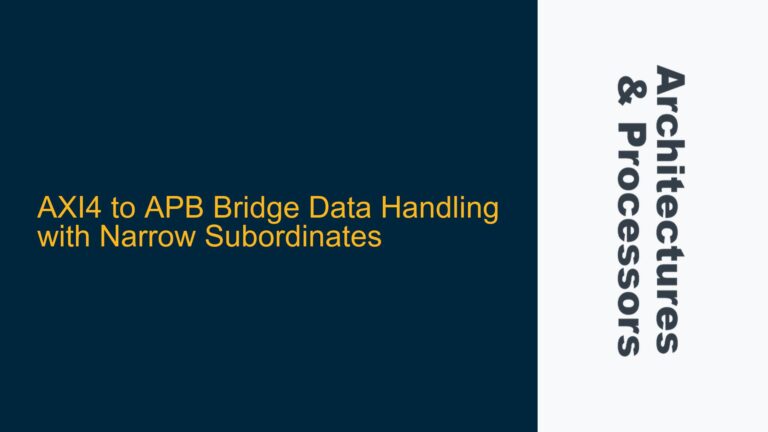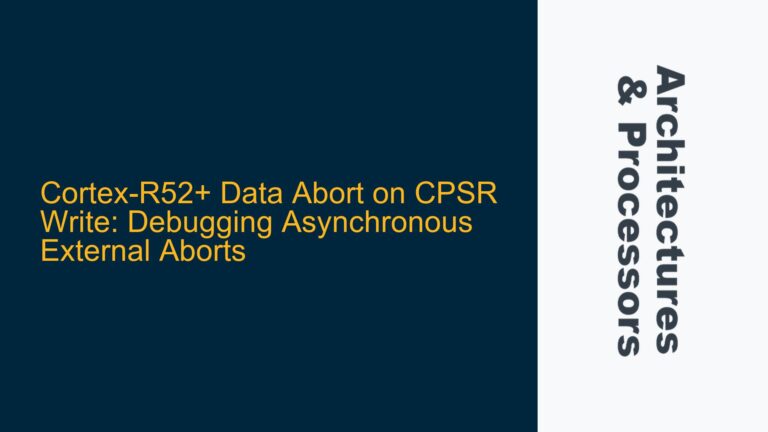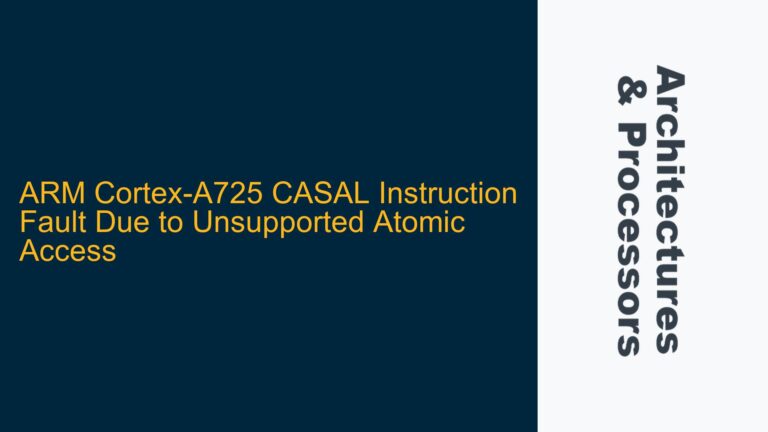ARM Cortex-A53 Double Precision Floating-Point Printout Anomaly
ARM Cortex-A53 Double Precision Floating-Point Printout Anomaly The issue at hand involves the incorrect printout of a double-precision floating-point value on an ARM Cortex-A53 core. Specifically, when printing a negative double value using the %e format specifier, the Cortex-A53 incorrectly outputs the value as positive, whereas the same code running on an ARM Cortex-M4 core…


